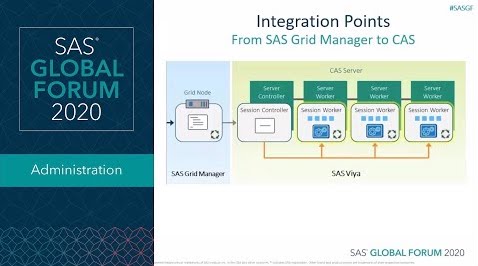
Because SAS Viya provides distributed computing capabilities, customers wonder how it compares to SAS Grid Manager. SAS® Grid Manager and SAS® Viya® implement distributed computing according to different computational patterns.

Because SAS Viya provides distributed computing capabilities, customers wonder how it compares to SAS Grid Manager. SAS® Grid Manager and SAS® Viya® implement distributed computing according to different computational patterns.

You'll notice several changes in SAS Grid Manager with the release of SAS 9.4M6. This post gives a brief architectural description of the new SAS grid provider, including all major components and their role.

Migration, version road maps and configurations were the themes of several questions that came up in a recent webinar about combining SAS Grid Manager and SAS Viya. This blog post gives the answers.

How can SAS Grid Manager and SAS Viya work together to process massive volumes of data? Get answers to common questions about how the two interact in this blog post.
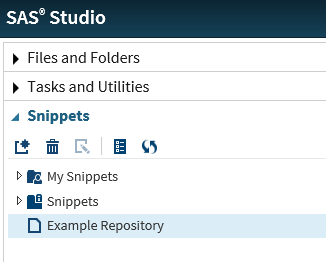
We have seen in a previous post of this series how to configure SAS Studio to better manage user preferences in SAS Grid environments. There are additional settings that an administrator can leverage to properly configure a multi-user environment; as you may imagine, these options deserve special considerations when SAS Studio
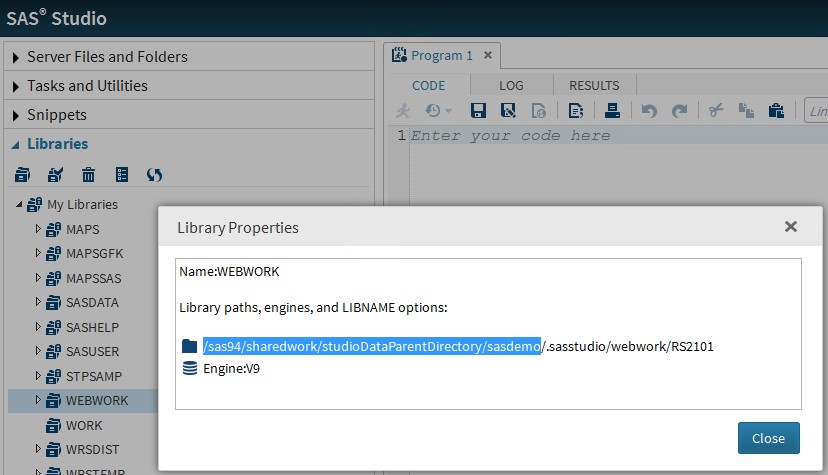
In a previous blog post I explained how end users should code and use shared locations for SAS artifacts, to avoid issues in a SAS Grid Manager environment. Still, they could still fall in some sharing issues, which could have very obscure manifestations. For example, users opening SAS studio might notice

In Part 1 of this series, Cheryl Doninger described how SAS Grid Manager can extend your investment in the Hadoop infrastructure. In this post, we’ll take a look at how Cloudera Manager helps Hadoop administrators meet competing service level agreements (SLAs). Cloudera Manager lets Hadoop admins set up queues to
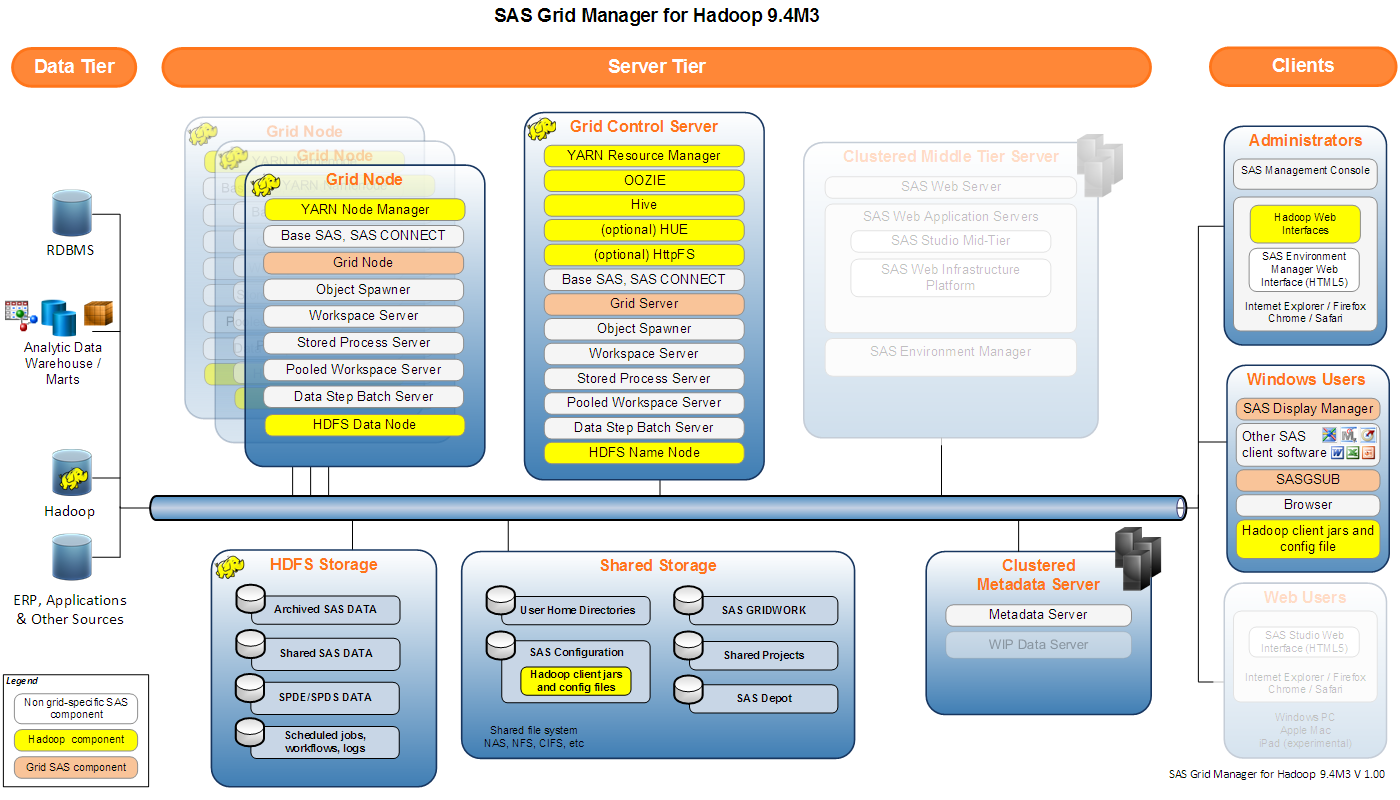
SAS Grid Manager for Hadoop is a brand new product released with SAS 9.4M3 this summer. It gives you the ability to co-locate your SAS Grid jobs on your Hadoop data nodes to let you further leverage your investment in your Hadoop infrastructure. This is possible because SAS Grid Manager

If you have, or are considering, SAS Grid Manager, you’ll be excited to hear about two new changes to the product that make it even better for managing and processing in your analytics environment. The two changes were made in conjunction with the release of SAS 9.4M3 in July, and
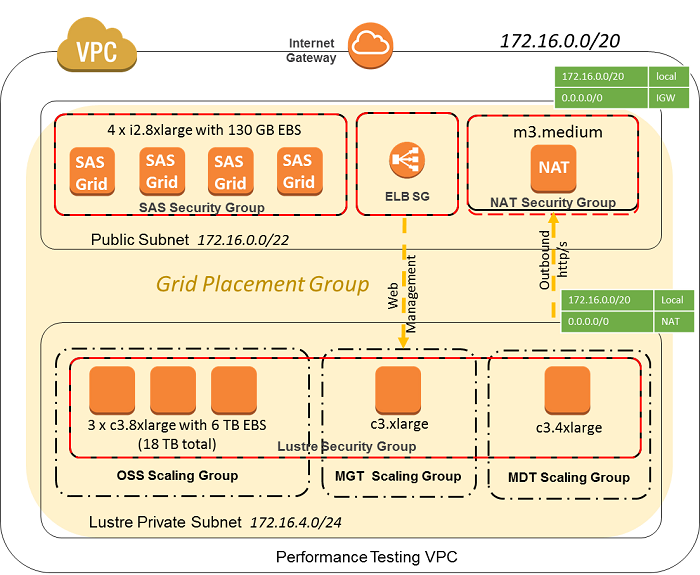
SAS recently performed testing using the Intel Cloud Edition for Lustre* Software - Global Support (HVM) available on AWS marketplace to determine how well a standard workload mix using SAS Grid Manager performs on AWS. Our testing demonstrates that with the right design choices you can run demanding compute and
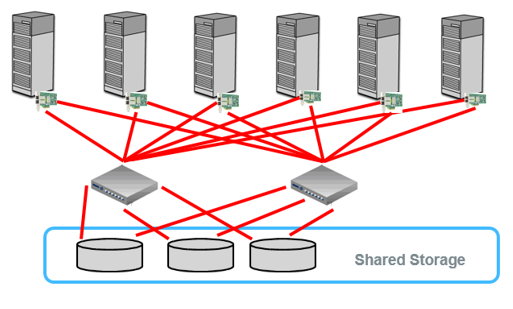
When designing a SAS Grid Manager architecture, there is a requirement that has always been a critical component: a clustered file system. Over the years, vendors have released versions of these systems that are more robust and SAS has increased the minimum IO requirements, but the basic design has never changed—until now.

In SAS Grid Manager environments, SAS administrators must often set up separate configurations based on a mix of requirements for departments, client applications and user roles. To accomplish this in previous SAS releases, administrators must define multiple SAS Application Server contexts, each with its own grid server definition and associated options.

I caught up with Mark Schneider, Advisory Product Manager here at SAS, about the future of SAS Grid and SAS Viya.
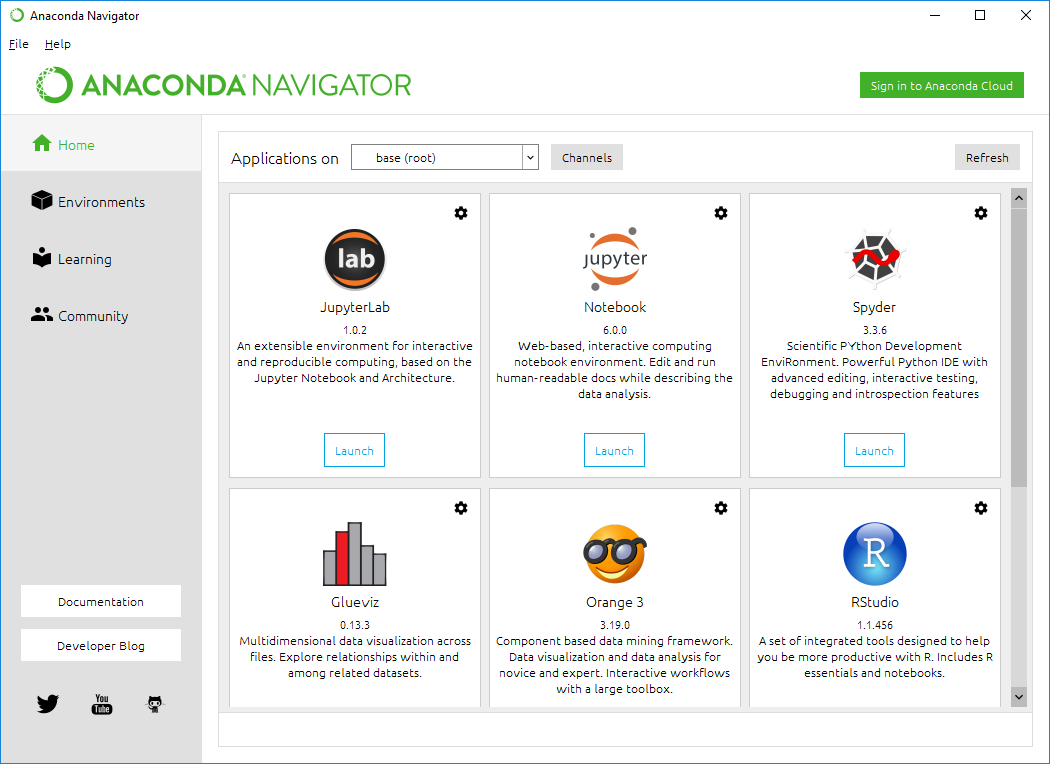
One of the features of SAS Grid Manager (and SAS Grid Manager for Platform) introduced in SAS 9.4 M6 is the capability for the grid provider software to handle open-source workloads in addition to traditional SAS jobs. In this post, we’ll take a look at the steps required to get your SAS Grid Manager environment set up to utilize this functionality, and we’ll demonstrate the process of submitting Python code for execution in the SAS Grid.

New default parameter values for Platform Suite for SAS Sometimes, when your kids grow older, they change their habits and you don’t recognize their behaviors any more. “We play this game every year at the beach. Don’t you like it anymore?” you ask. “Dad, I’m not seven years old any
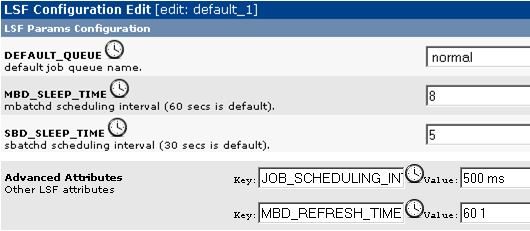
Most organizations enjoy a plethora of SAS user types—batch programmers and interactive users, power users and casual—and all variations in between. Each type of SAS user has its own needs and expectations, and it’s important that your SAS Grid Manager environment meets all their needs. One common solution to this
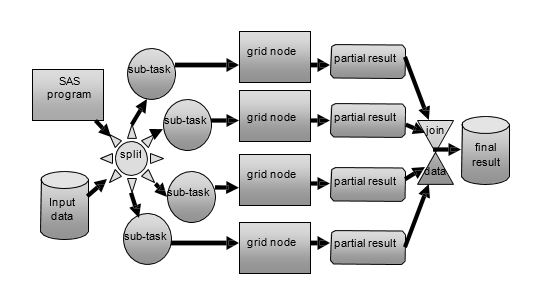
This blog is a continuation of an earlier blog entitled “To grid or not to grid?” In that blog, one of the reasons to say “yes to SAS Grid” is to see if you can gain some performance improvements from modifying your existing SAS processes by converting them to a

Let’s be honest. When well planned, a SAS Grid Computing platform as the basis for a shared, highly available, high-performance analytics environment can pay for itself many times over. However, it is critical that your overall objectives and computing environment be well understood for you to achieve success with your
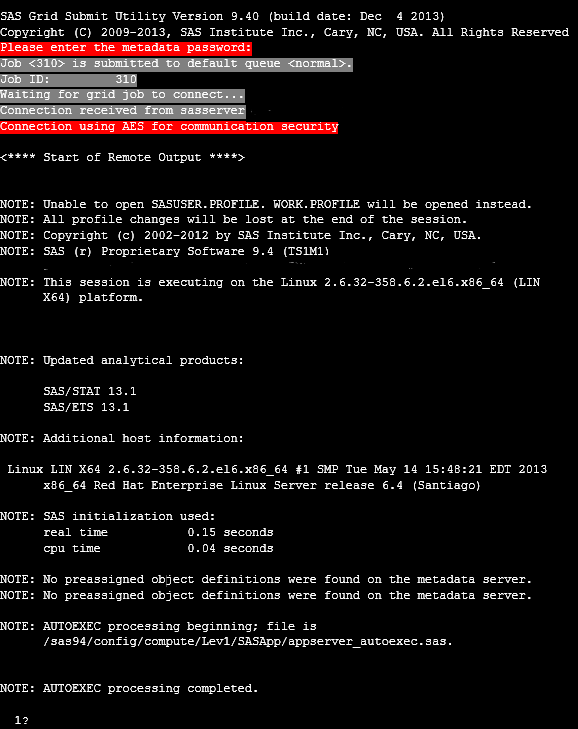
When I worked for SAS Italy, I was considered an old SAS employee because I started with SAS 8, and I saw all SAS 9 innovations from the beginning. I can even remember using SAS 6.12 a couple of times! Then I moved to the US and I felt like

With the popularity of SAS Grid Manager, this question often comes up: which clustered or shared file system should we use with the multiple nodes of the SAS Grid? This is a question that needs to be thought through very carefully because the amount of time and effort to fix
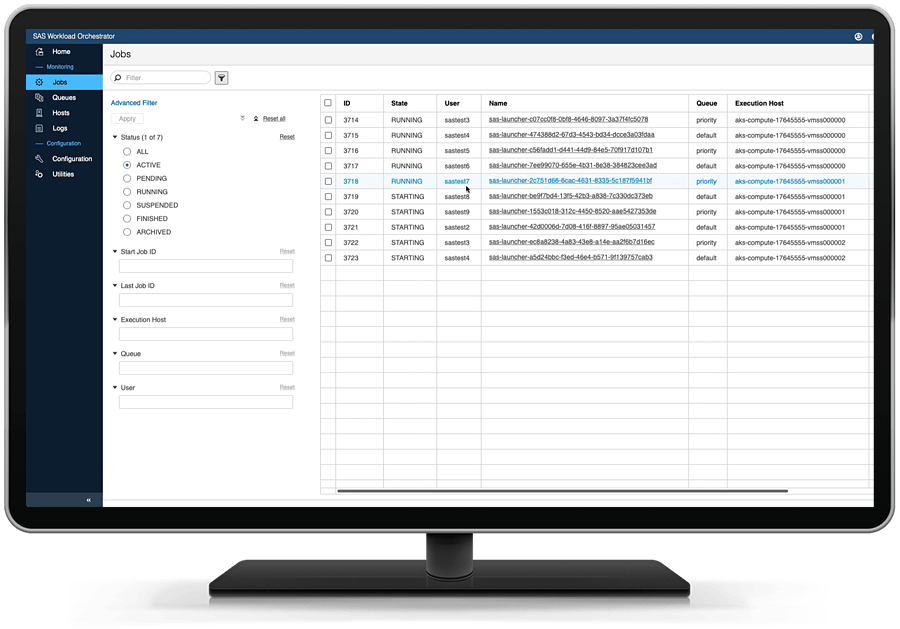
SAS Grid Manager for Platform, SAS Grid Manager, and SAS Viya Workload Management all manage and balance job loads, right? So, are there three SAS products providing the same functionality? Let’s explore, as I am curious in your answer after you read this article. Each of the three applications has

Have you ever submitted a stored process, and instead of the expected output, you saw errors or no output at all? Depending on how you submit the stored process, various logs are available to assist you with debugging. This article provides guidance for understanding which situations call for which logs, where to find each log, and what you should look for in each log.
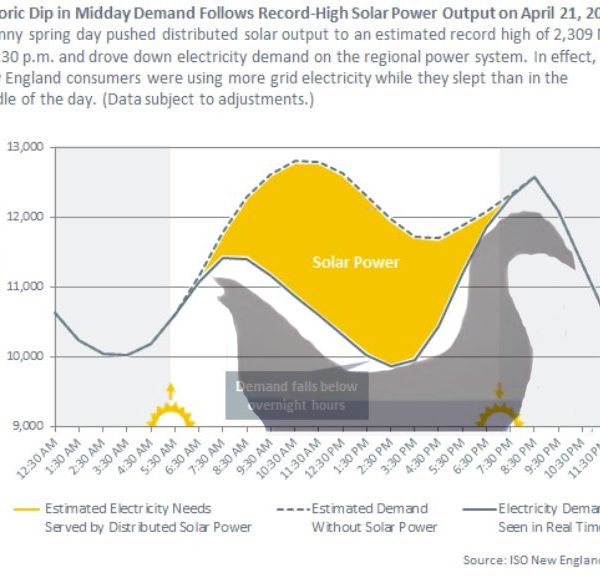
Ever heard of a Turducken? It's a chicken stuffed inside a duck that's stuffed inside a turkey along with layers of stuffing (which I just learned is referred to as a three-bird roast outside the US and Canada; there's also an English variant known as a gooducken, where the turkey
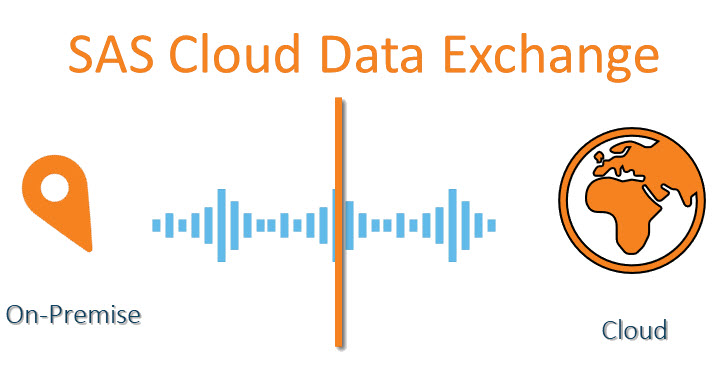
Think differently about using storage in the cloud with your SAS Grid jobs, and learn about SAS Cloud Data Exchange for security/caching strategies

At the Executive Conference at SAS Global Forum 2018 speaker Dan Heath says customer experiences are defined by peak moments. In this blog post, E.G. Nadhan, Chief Technology Strategist at Red Hat, shares his peak moments from SAS Global Forum 2018.

Editor's note (4/11/17): Full proceedings from SAS Global Forum 2017 (including for the presentations mentioned in this blog) can be found at http://support.sas.com/resources/papers/proceedings17/. SAS Global Forum 2017 is just a month away and, if you’re a SAS administrator, it’s a great place to meet your peers, share your experiences and attend
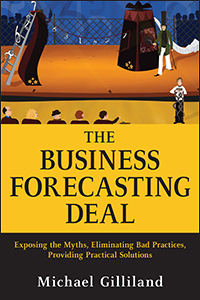
To make it easy to identify non-value adding areas, you can build a simple application using SAS® Visual Analytics software. Such an application lets you point and click your way through the organization’s forecasting hierarchy, and at each point view performance of the Naïve, Manual, Statistical, and Automated forecasts (or
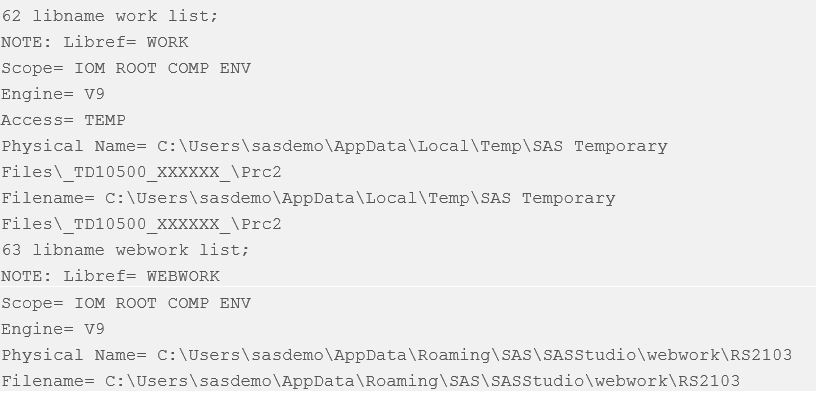
In a previous blog about SAS Studio I’ve briefly introduced the concept of using the Webwork library instead of the default Work. I also suggested, in SAS Global Forum 2016 paper, Deep Dive with SAS Studio into SAS Grid Manager 9.4, to save intermediate results in the Webwork library, because

I look forward to SAS Global Forum each year and this past conference ranked up that as one of the best I've ever attended. This year there were so many wonderful presentations, Super Demos and workshops on the topic of administration of SAS and the underlying hardware infrastructure needed for SAS

Nowadays, nearly every organization analyzes data to some degree, and most are working with “Big Data.” At SAS Global Forum 2016 in Las Vegas, a vast number of papers were presented to share new and interesting ways our customers are using data to IMAGINE. CREATE. INNOVATE., as this year’s conference tagline